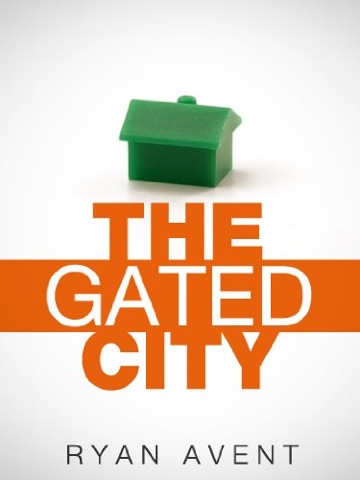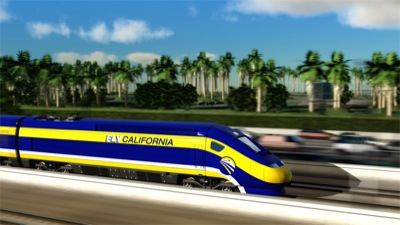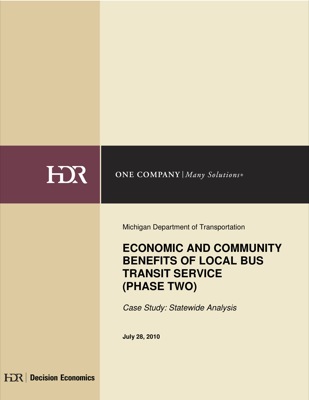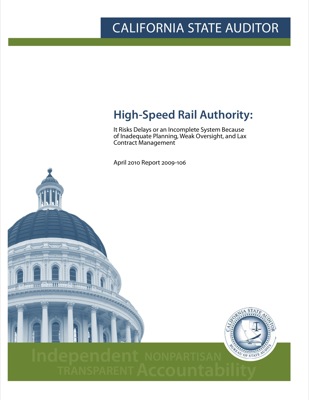The Antiplanner’s visit to Lafayette, Louisiana was highly educational. Among other sights, I saw River Ranch, a very successful New Urban development that (according to local tax activists) was built without any tax subsidies. Although I personally would not want to live there, the development commands high prices even in the recession.
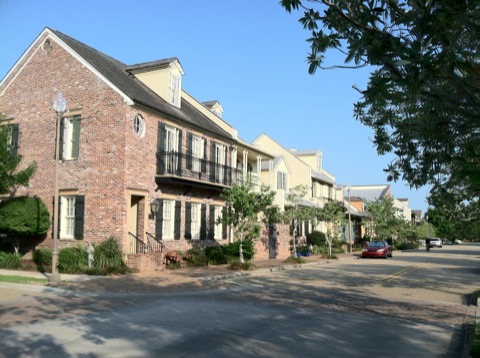
River Ranch Rowhouses start at $375,000 for 2,000 square feet, but owners are asking nearly $600,000 for the 2,800-square-foot corner model shown here. Single-family detached homes for sale include a 2,500-square-foot house for $550,000 and a 4,300-square-foot house for $725,000. Most single-family homes appear to be on fairly small lots. Given Lafayette’s median family incomes of less than $50,000, these homes are hardly affordable, but the development proved to be very successful.
I also learned that Louisiana tax-increment financing (TIF) is quite different than in most other parts of the country. In 1988, the state authorized cities to use property taxes, sales taxes, or hotel occupancy taxes for TIF. But property tax TIFs are limited to that portion of property taxes that are not already obligated to some specific purpose–and most property taxes are so obligated, so most if not all Louisiana TIFs rely on sales and hotel taxes instead.
Also, most, though not all, sales-tax TIFs are in the form of an additional sales tax on top of the existing tax (which is 4 percent for the state and a variable amount, generally around 4 percent, for local governments). TIFs that are on top of, rather than out of, the existing tax do not take money from schools, fire, and other urban services, which eliminates many of the objections to TIFs. (At least some other states that use sales tax TIFs, such as Colorado, also add the tax on top of, rather than out of, the existing tax.)
Continue reading →
